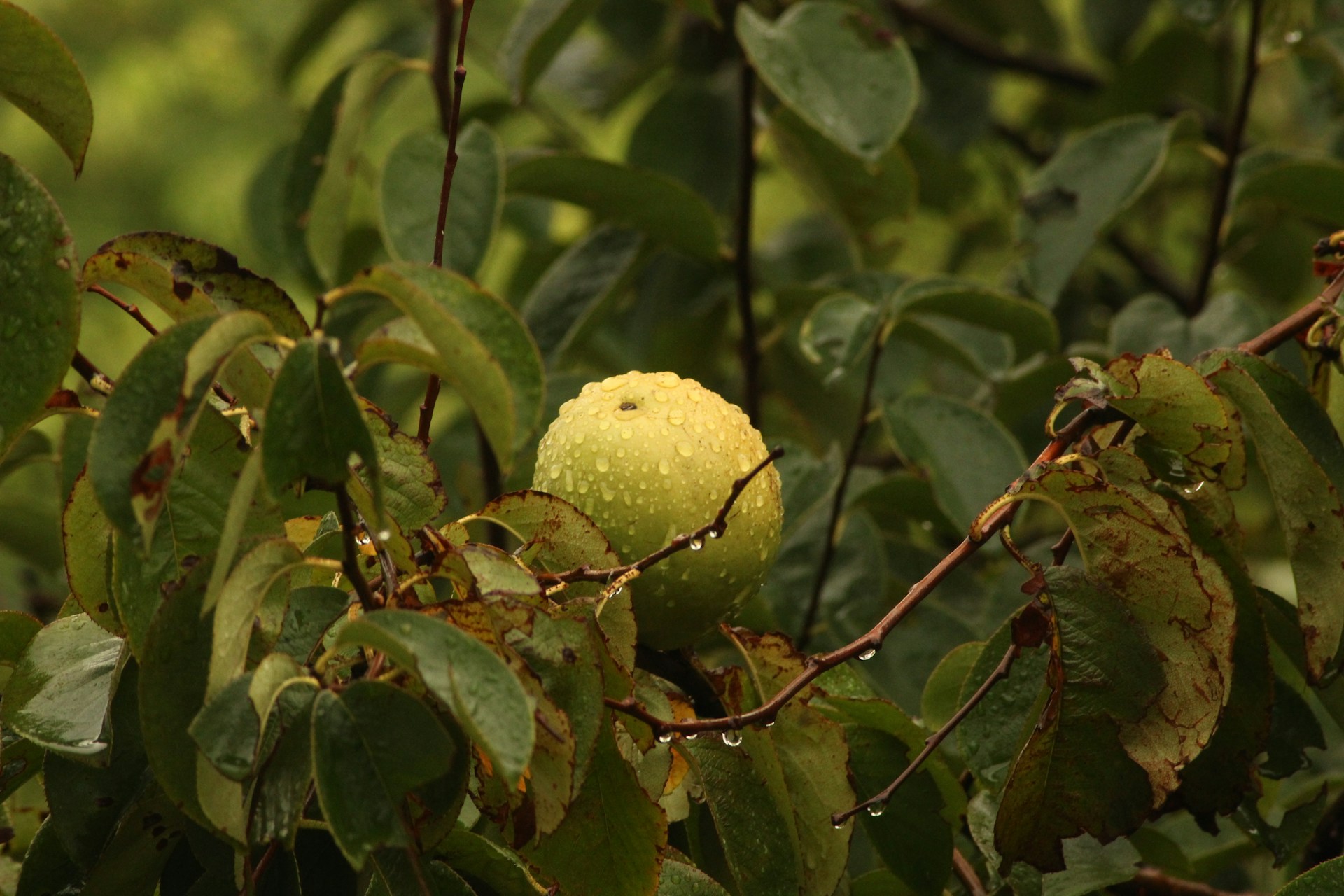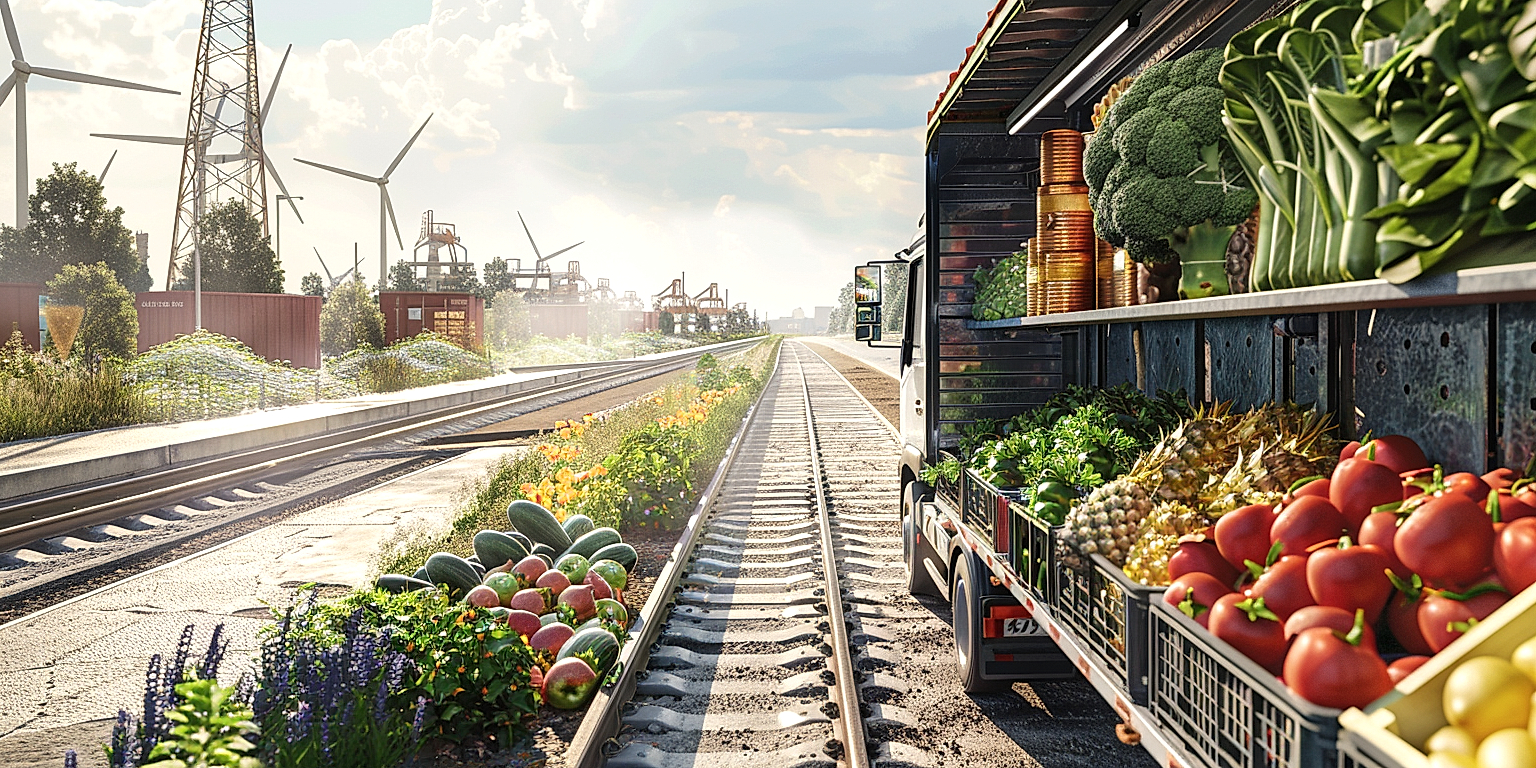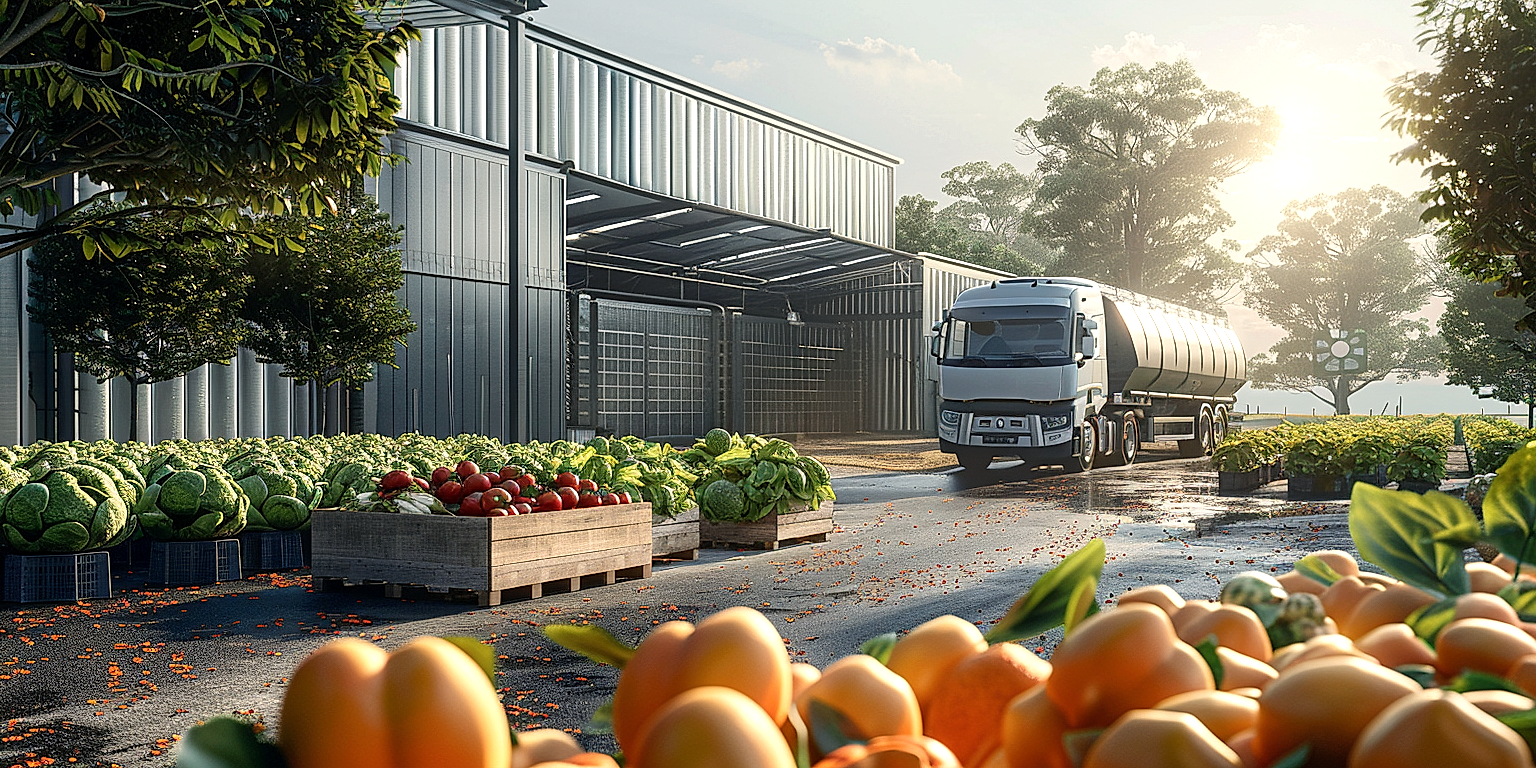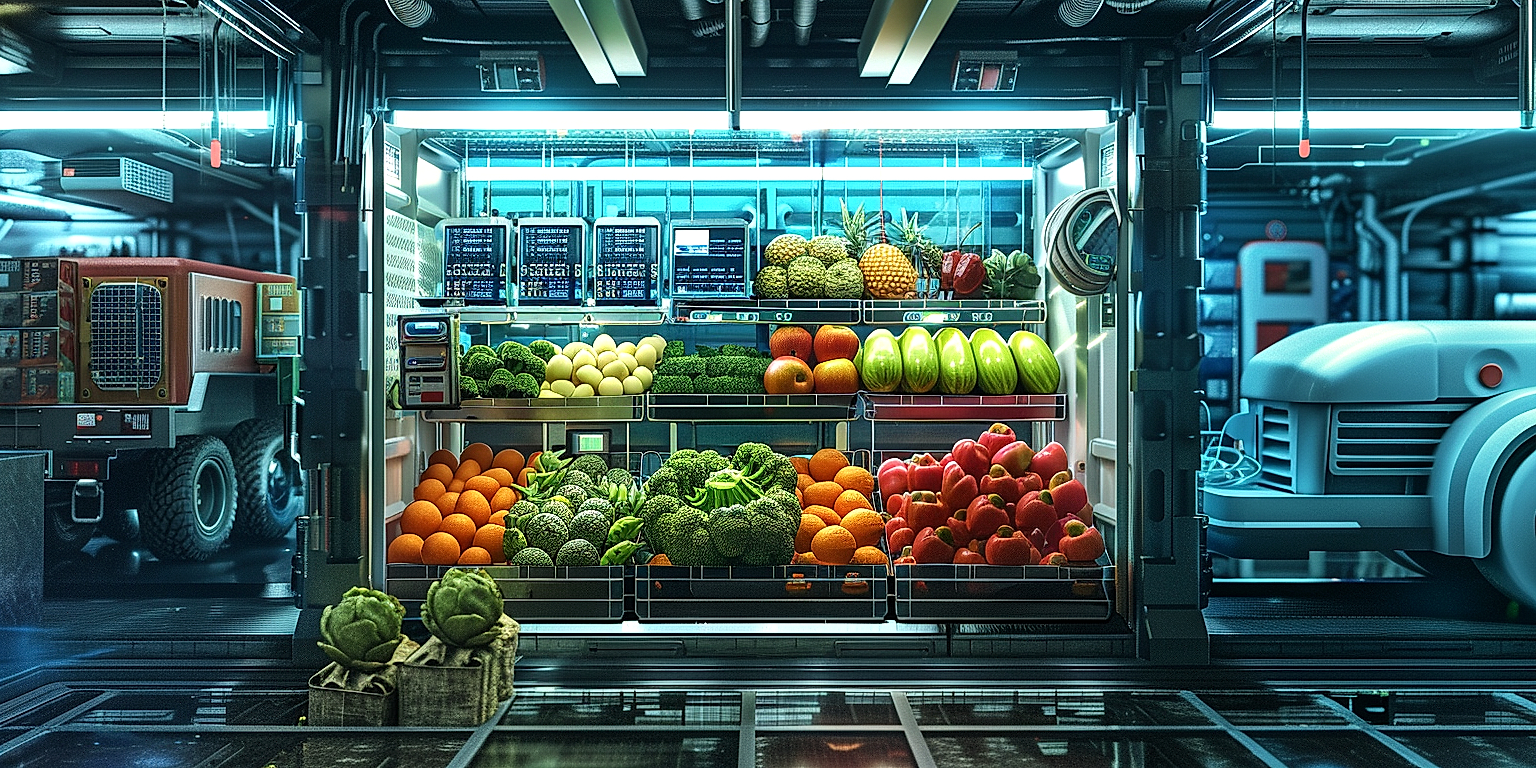With the global focus on sustainability practices increasing, industries across the board are looking for ways to minimize their environmental footprint.
One such industry where the opportunity for improvement is significant is produce shipping operations.
It utilizes a substantial volume of water, which is not only crucial for produce freshness, but also a finite resource that needs careful management.
Therefore, strategic water conservation can play a pivotal role here.
Through proper planning, innovation, and implementation of effective strategies, significant reductions in water use are achievable.
This piece will provide actionable advice on how such organizations can become more water-efficient in their activities.
Contents
- Tips For Water Conservation In Produce Shipping Operations
- 1. Use Drip Irrigation Systems for Crop Growth
- 2. Prioritize Transport of Water-Efficient Produce
- 3. Implement water recycling systems in operations
- 4. Use Closed Source Refrigeration During Shipping
- 5. Minimize water usage during clean-up
- 6. Capture and Reuse Rainwater for Irrigation
- 7. Utilize Modern Technologies for Water Conservation
- The Bottom Line
Tips For Water Conservation In Produce Shipping Operations
1. Use Drip Irrigation Systems for Crop Growth
Modern agriculture has to deal with numerous challenges, and one of the more pressing ones is water conservation.
In the context of produce shipping operations, this involves efficient utilization of water during the cultivation and growth stages of the produce.
One of the most effective ways for achieving this is through the use of drip irrigation systems.
Drip irrigation is a system which allows water to directly reach the roots of plants, minimizing evaporation and runoff.
This efficient application of water assures optimal growth with minimal wastage.
This method can be particularly effective in arid regions where water resources are scarce.
By focusing water delivery to the areas where it’s most needed, drip irrigation reduces the overall water quantity required for crop cultivation.
These systems are typically made from a network of valves, pipes, tubing and emitters.
The water is slowly dripped on the soil surface or directly to the root zone, ensuring each plant receives an adequate amount.
One of the additional benefits of using drip irrigation is that it can be combined with precise calculations and modern technology to further optimize water efficiency.
For example, using sensors and data analytics, farming operations can determine exactly how much water each crop needs.
Based on this, they can program the drip irrigation systems to deliver just the right amount of water.
This high level of precision in water delivery not only conserves water but also ensures the produce grown is of the highest quality.
Moreover, adopting drip irrigation systems can lead to substantial financial savings in the long run because of reduced water bills and need for less labor.
Also, by growing high-quality produce with less water, such practices can make agricultural operations more sustainable and environmentally friendly.
Additionally, efficient water usage through drip irrigation can contribute to better management of watersheds and a healthier overall ecosystem.
Thus, for any agricultural operation involved in produce shipping, investing in and effectively implementing drip irrigation systems can be a win-win solution.
2. Prioritize Transport of Water-Efficient Produce
The need and urgency for the implementation of water-efficient produce in shipping operations cannot be overstated.
Water-efficient produce refers to crops that require minimal water for growth – a crucial consideration in our current era of increasing water scarcity.
Shipping businesses should, therefore, give utmost priority to the transport of these crops as a concrete way of advocating for water conservancy.
Prioritizing the transport of water-efficient produce noticeably reduces water usage in agricultural practices, thereby promoting water conservation
This conservation effort is not just beneficial at the farm level, but also has significant implications in terms of global water conservation.
By prioritizing the transport of water-efficient produce, companies can influence growers to shift towards these types of crops, creating a ripple effect of positive environmental impact.
In addition to being an ethical and environmentally responsible business strategy, this practice also has potential economic benefits.
As water scarcity continues to increase globally, the demand for water-efficient crops will undoubtedly rise.
This trend could lead to potentially more profitable trade agreements for shippers who prioritize water-efficient produce in their operations.
Implementing this practice would also help the shippers to significantly cut down on the water footprint of their shipping operations.
Besides, it aligns with the growing consumer awareness and desire for transparency in how their food is grown.
Thus, making the proactive choice to prioritize the transport of water-efficient produce, can not only reduce the water usage in shipping operations but can also enhance the company’s brand reputation.
Such progressive practices could draw in more clients who prioritize sustainability and environmental conservation.
For these reasons, prioritizing the transport of water-efficient produce should become a cornerstone strategy of water conservation in produce shipping operations.
Indeed, the transport of water-efficient produce is an actionable and effective method of saving water in the produce shipping sector, and it is a strategy that every stakeholder in the industry should adopt.
3. Implement water recycling systems in operations
One of the most essential and effective ways to conserve water in produce shipping operations is to implement water recycling systems.
These systems are designed to recover and reuse water that would otherwise go to waste.
Water recycling systems can significantly reduce the volume of fresh water needed for daily operations, thereby conserving this precious resource.
Furthermore, these systems also decrease the amount of wastewater that needs to be treated and disposed of, making them an environmentally-friendly solution.
Produce shipping operations often use large amounts of water in activities such as washing, cooling, and sanitizing produce.
Therefore, there is a high potential for capturing and reusing this water through the implementation of water recycling systems.
The use of water recycling systems in produce shipping operations can not only result in significant water savings, but can also lead to cost savings due to reduced water usage and wastewater disposal fees.
There are a variety of water recycling systems available to suit different needs and budgets, ranging from simple, manually-operated units to more complex, automated systems.
It is important to choose a system that is appropriate for the size and nature of the operations, so as to ensure maximum water recovery and cost-effectiveness.
In addition to implementing water recycling systems, it is also necessary to regularly maintain these systems to ensure their longevity and optimal performance.
Regular maintenance may include tasks such as cleaning filters, checking for leaks, and adjusting settings as necessary.
The implementation of water recycling systems in produce shipping operations is a practical and effective way to conserve water and reduce environmental impact.
However, it is important to remember that the success of water recycling systems largely depends on the commitment of the management and staff towards sustainability and water conservation.
Therefore, it is essential to foster a culture of water conservation in the organization and to train staff on the operation and maintenance of the water recycling systems.
In sum, implementation of water recycling systems in produce shipping operations can lead to significant water and cost savings, and contribute towards environmental sustainability.
4. Use Closed Source Refrigeration During Shipping
When discussing water conservation in produce shipping operations, one cannot overlook the importance of choosing the right refrigeration system. Utilizing closed source refrigeration systems is highly advisable, not only for the efficiency they offer but also for their water conservation capabilities.
Traditional refrigeration systems often rely on water-cooling methods, leading to significant water usage. These systems use evaporative coolers which work by passing air over a wet coil or pads. In contrast, closed source refrigeration systems minimize water usage. The conservation of water is achieved since these systems operate on mechanical or electrical methods, instead of water.
Closed source refrigeration systems are effective in maximizing water conservation since they operate without relying on water for cooling processes.
Many closed source refrigeration systems operate using refrigerants, which eliminate the need for water in the cooling process. Taking this approach can drastically reduce the water footprint of the shipping operation, hence promoting sustainability.
Data shows that refrigeration systems can account for up to 30% of a ship’s water usage. A switch towards closed source refrigeration systems promises significant water savings, and thus a more eco-friendly shipping process. Moreover, such systems typically require less maintenance compared to water-based cooling systems, leading to reduced operational costs.
However, care should be taken in the selection of refrigerants used, they should be eco-friendly with minimal Ozone Depletion Potential (ODP) and Global Warming Potential (GWP). This helps us keep the usage of closed source refrigeration systems in the right environmental context.
Also, issues like leaks in the closed refrigeration systems must be promptly checked and corrected. This ensures that the refrigerants stay inside and don’t escape into the atmosphere contributing to global warming.
The cooling process of closed source refrigeration systems is also considerably quieter. Less noise generated during shipping operations reduces noise pollution, marking another added benefit of closed source refrigeration systems.
Moreover, it’s crucial to remember that adopting such practices alone is insufficient for a completely efficient and sustainable shipping operation. Combining closed source refrigeration with other sustainable practices—like using renewable energy sources, having an efficient transport route, and implementing other water-saving techniques for shipping—can result in greater water conservation.
Indeed, practices that target multiple areas of operations tend to have a bigger positive impact on water conservation. Therefore, a multifaceted approach, including the optimal use of closed source refrigeration systems, is key to sustainable practices in produce shipping operations.
The use of closed source refrigeration should be viewed as a part of a larger strategy towards sustainable practices in produce shipping rather than an isolated solution. Aligned with this perspective, the adoption of sustainable refrigeration can contribute significantly to overall water conservation efforts.
5. Minimize water usage during clean-up
Minimizing water usage during clean-up is one of the most effective ways to conserve water in produce shipping operations.
This factor is crucial to any sustainable business operation, where water usage for clean-up can be significant.
It is necessary to remember that water conservation should not compromise the cleanliness and hygiene of the produce.
High-power washers, when used effectively, can accelerate clean-up and simultaneously minimize water usage.
Another effective method to conserve water is the use of dry clean-up methods like air compressors, brooms, and brushes.
It helps in reducing excessive water usage caused due by over-cleaning.
Using dry methods not only saves water but also reduces energy consumption.
Staff should be trained to use only the necessary amount of water and not to leave water running when not in use.
Another effective method to conserve water is the use of dry clean-up methods like air compressors, brooms, and brushes.
Use of biodegradable cleaning products can further help to minimize water usage during clean-up.
Implementing these measures can play a crucial role in saving the environment and reducing operational costs.
Measuring and tracking water usage will provide useful data to identify future water-saving opportunities.
It’s important to develop a culture of water conservation among the staff in addition to implementing these strategies.
Staff should be made aware of the importance of minimizing water usage during clean-up and encouraged to suggest innovative water-saving ideas.
Over time, these measures will become ingrained in the operation’s procedures, and minimizing water usage will become standard practice.
Every drop conserved during the clean-up phase in a produce shipping operation will make a significant contribution not only to the operation’s bottom line but also to global water conservation efforts.
6. Capture and Reuse Rainwater for Irrigation
The strategy of capturing and reusing rainwater for irrigation provides an excellent way to conserve water in produce shipping operations.
This environmentally friendly approach not only reduces the dependence on traditional water sources but also cuts down the overall operational costs.
Consequently, having a dedicated system for rainwater collection has become a common feature in many agricultural and industrial settings.
Implementing a rainwater collection system in your operations is a cost-effective and sustainable method to manage water resources wisely.
It minimizes wastage of roof runoff, which can be collected, stored, and later utilized for irrigation purposes.
This system doesn’t require an overly complex setup; basic components include a catchment area, a conveyance system, and a storage tank, all of which are easily attainable.
By investing in a good-quality rainwater harvesting system, companies can significantly reduce their dependence on public supply or groundwater, leading to substantial water savings.
Reusing rainwater also promotes the growth of healthier plants as it is free from harsh chemicals often found in treated tap water.
Further, rainwater can be used to supplement a regular irrigation system, decreasing the demand on conventional water resources.
Choosing the right size of storage tank will depend on the local rainfall pattern and the crop’s watering needs.
It is also important to install a good-quality filtration system to remove debris and contaminants from the captured rainwater before irrigation.
Last but not the least, companies have a legal requirement in most jurisdictions to ensure their rainwater harvesting installations adhere to local regulations and standards.
As such, it is recommended to get professional advice in all matters related to the design, installation, and maintenance of rainwater harvesting systems.
Once installed, the resultant water savings can make a significant contribution towards your company’s sustainability goals.
There is no doubt that capturing and reusing rainwater for irrigation integrates environmental stewardship with operational efficiency, making it a recommended practice in water conservation for produce shipping operations.
7. Utilize Modern Technologies for Water Conservation
Modern technologies play a pivotal role in the fields of crop irrigation and water conservation, providing various ways to ensure that water is used as efficiently as possible.
Among these technologies, soil moisture sensors are perhaps one of the most relevant for water conservation.
These sensors can accurately gauge the water content in the soil, helping farmers to know exactly when their crops need watering.
Such precise understanding minimizes water waste–precious resource used only when absolutely necessary.
This technology proves notably effective in conserving water in areas with erratic rainfall or prolonged dry periods.
Moreover, automated irrigation systems are another innovative technology that fundamentally transforms water conservation in agriculture.
These systems can be programmed to water crops at optimal times, such as early in the morning or late in the evening to reduce evaporation.
Even better, they can be programmed to skip watering during periods of rain, or to apply more water during periods of drought.
Other modern technologies attracting attention in the realm of water conservation in agriculture are sustainable water treatment systems.
Water treatment systems can recycle water used in agricultural operations, turning wastewater into a valuable resource that can be reused for irrigation.
This not only saves water but can also reduce the harmful environmental impacts associated with releasing untreated wastewater.
Drip irrigation and micro-sprinkler systems also represent significant advancements in water conservation technology.
These technologies allow for precise control over water usage, delivering water directly to the root zone of plants.
This method dramatically reduces runoff and evaporation, making irrigation more efficient and conserving water.
Lastly, improving the efficiency of water transport can play a large role in conserving water.
Modern technologies offer innovative solutions such as water-efficient packaging and shipping methods, reducing the amount of water lost during transport.
By leveraging these technologies, produce shipping operations have a unique opportunity to substantially reduce their water usage and make a positive impact on water conservation.
The Bottom Line
Implementing effective water conservation strategies is integral to sustainable food production.
The utilization of drip irrigation systems, emphasis on water-efficient produce transport, water recycling operations, and closed-source refrigeration during shipping form the foundations for a water-saving approach.
The effort to minimize water usage during clean-up and capturing rainwater for irrigation further enhance water preservation efforts.
Furthermore, leveraging modern technologies underscores a commitment to water conservation.
Through these actions, significant strides toward an eco-friendly, water-conscious future in food production can be achieved.




